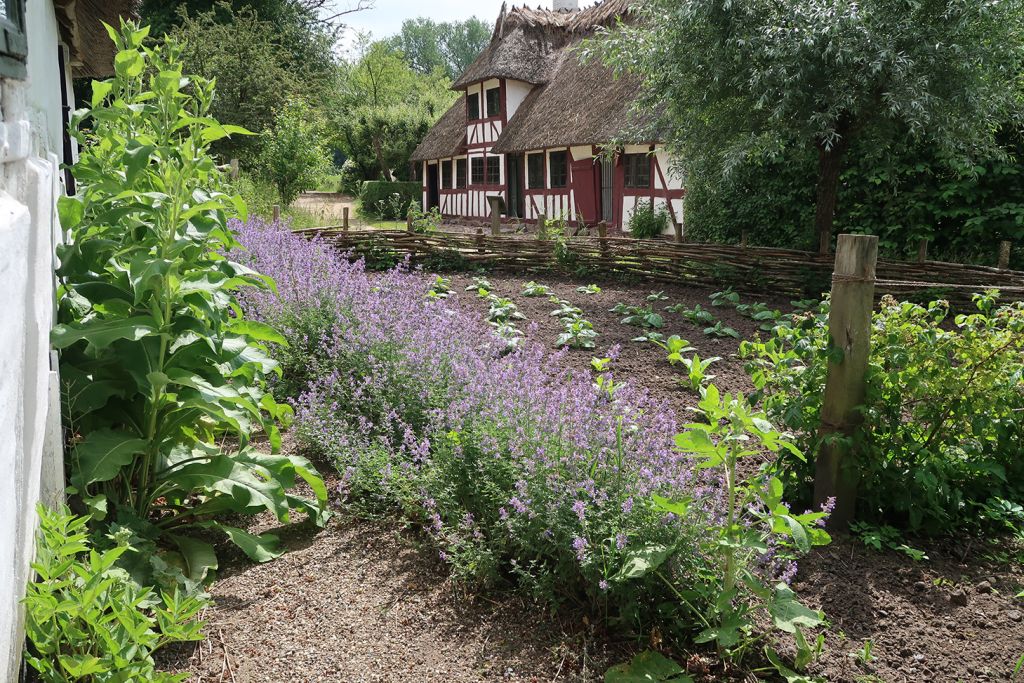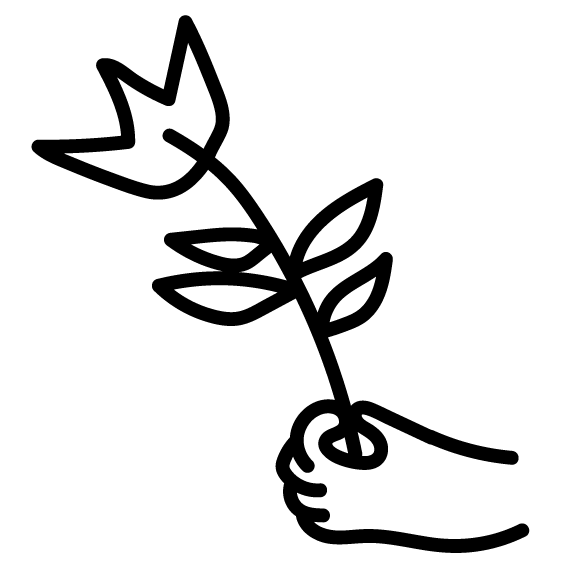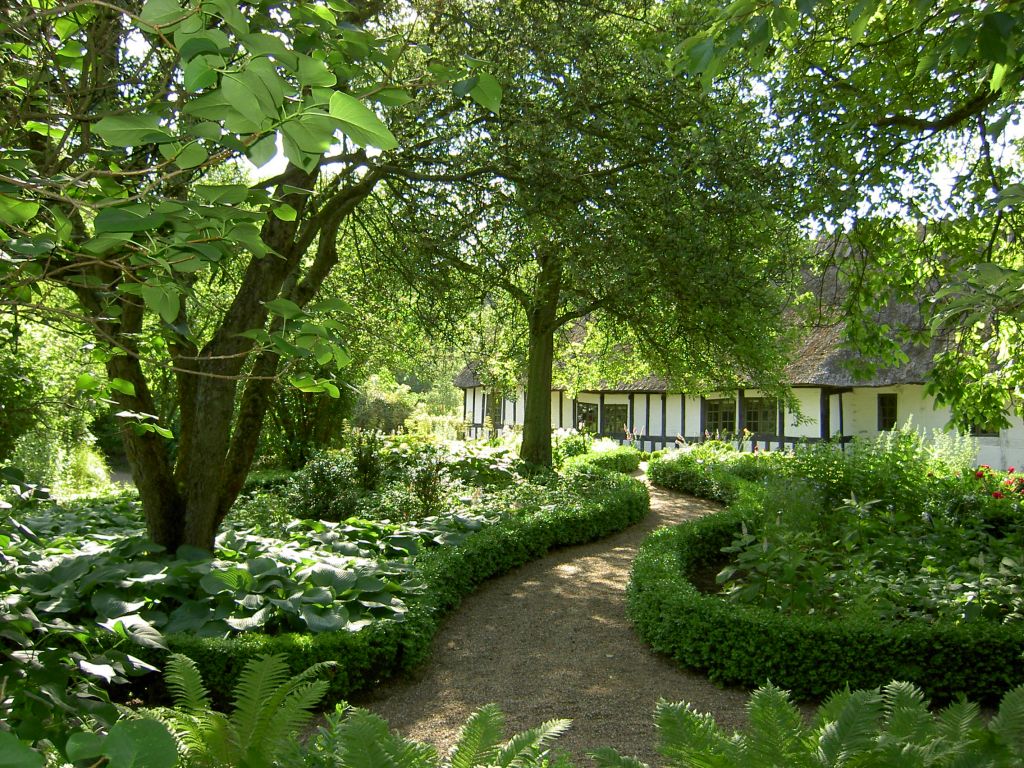
Houses and Farms
All the buildings in The Funen Village originally stood in various locations across Funen and the surrounding islands.

Most are timber-framed with thatched roofs – the most affordable, abundant, and accessible building materials of the time. The buildings reflect their local region in the materials used—stone, wood, clay, lime, straw, and others.
The buildings are still maintained using traditional methods, and the village’s craftsmen and volunteers are happy to demonstrate old techniques and explain materials that have been in use for hundreds of years.


